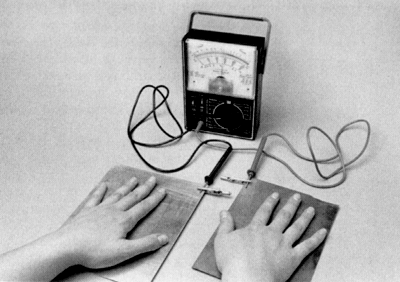Human body heat has been trending as a “hot” source of power (pardon the pun) for (wearable) devices at the moment. It has some drawbacks however, but more on that later.
As a firmware engineer turned product manager, I am fascinated with wearable technology. Not only in figuring out how it works and how humans interact with it, but also how to power it and make it more useful.
The Fitbit Flex syncs to both dongle and mobile device via Bluetooth. This of course means it can only connect to one device at a time (single-point connectivity). Not the end of the world. To see its guts, visit iFixit.com.
So far, my interaction with my Fitbit Flex has been limited to wishing it could at least tell me the time while it’s taking up real estate on my wrist.
However, this tracker was designed with a minimal user interface, with the majority of the experience handled through its mobile app or web-based dashboard. So I will have to continue to use my phone to tell me the time it seems.
After talking with Rick and Christy about the human body as a power source, it seemed clear that making use of the kinetic energy generated while exercising would be the ideal power source for an activity tracker. However, it became obvious pretty quickly that where the device is located is as important as harvesting (and storing) the power.
Heat would be a viable option, if it didn’t require such a temperature differential (for once, living up North has its advantages!). I wonder if blood circulating in the body could contribute to powering a device somehow?
I will report back on my human-battery trials and tribulations. To check out more human-powered articles, check out The Human Battery Project.






